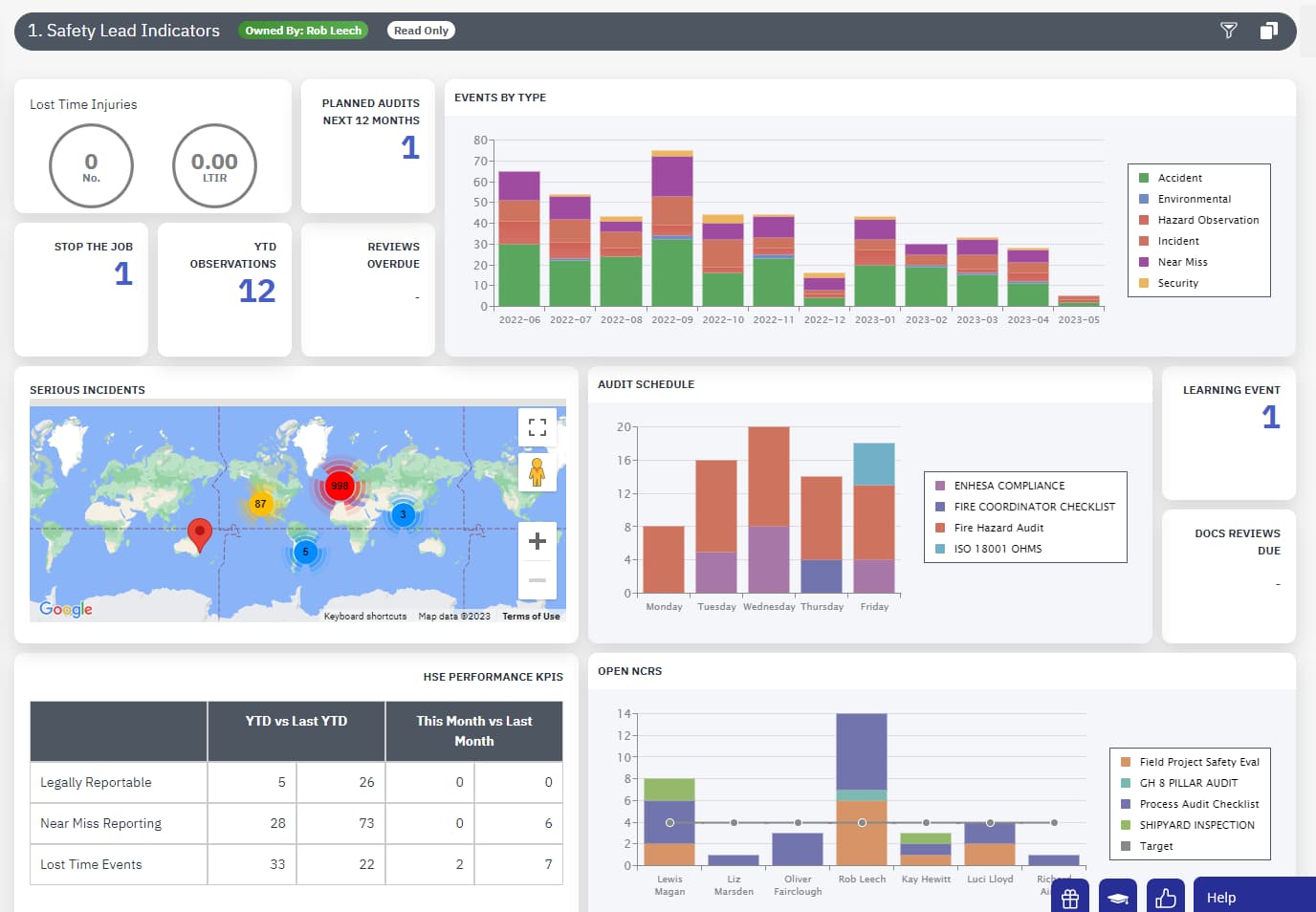
Polychlorinated Biphenyls (PCB) Meaning & Definition
What are Polychlorinated Biphenyls (PCBs)?
Polychlorinated biphenyls, or PCBs for short, are a category of synthetic organic chemicals that contain hydrogen, chlorine, and carbon atoms. The amount of chlorine atoms and their positioning in a PCB molecule generally defines its chemical or physical properties.
These man-made chemicals are generally oily liquids, or solids with a waxy texture at times, and usually have a clear or yellowish color, with no taste or smell. PCBs have been commonly used in different types of electrical equipment, ranging from transformers to capacitors.
PCBs are generally regarded as a part of a broader family of synthetic organic chemicals, commonly known as chlorinated hydrocarbons. They were manufactured locally from 1929, but manufacturing was completely banned in 1977.
Prior to their ban, PCBs were found in many different industrial and commercial products, ranging from hydraulic equipment to plasticizers and pigments or dyes.
Why Were PCBs Banned?
PCBs were banned for use because of the harmful impact that they create on both the environment and human health. During its production phase from 1929 till 1977, more than 1.25 billion pounds of PCBs were made in the United States alone.
Since no natural sources of PCBs exist, its release into the environment often resulted in major harm. Once released, PCBs biomagnify as they continue climbing up the food chain. And, the worst part is that they degrade generally slowly, which gave them ample time to travel throughout the food chain.
As a result, PCBs were identified in more than 500 of the total 1,598 waste sites on the EPA’s National Priorities List. Minimal levels of PCBs have been found across the globe, indicating major environmental contamination.
PCBs were banned because once they are released into the environment, they start absorbing soil and sediment. Because of their inorganic nature, they generally last longer in the environment than organic materials.
They continue to leech from the soil, and generally translocate to plants through the soil insignificantly. As a result of the ban, however, their levels in the environment have continued to decline significantly.
How Do PCBs Affect Human Health?
Exposure to PCBs doesn’t automatically mean that you’ll develop a sickness or start suffering from health issues. Instead, how your body reacts depends on three key factors: the quantity of PCBs that enter your body, the duration of exposure, and your body’s overall sensitivity to PCBs.
Exposure to PCBs may result in chloracne, for instance, which are generally pale and yellow lesions that appear on the skin. They often go away in a few weeks, but in some cases can persist for years! PCBs also cause changes in liver activity, though it doesn’t result in any major symptoms.
During laboratory testing, large amounts of PCBs were given to animals, and preliminary results indicated that they could cause cancer. Human workers, when exposed to larger amounts of PCBs over long periods, haven’t shown the same results.
However, some studies link birth defects in children to mothers who have been exposed to PCBs. Since developing fetuses are most vulnerable to PCBs, it’s important for pregnant women to take steps to limit their exposure to them.
Pregnant mothers are at a risk of passing these chemicals to their unborn children. Even after birth, PCBs can pass through via breast milk, even though the benefits far outweigh the risks.
How to Reduce or Mitigate Exposure to PCBs
Organizations need to take appropriate steps to ensure that they mitigate or reduce exposure to PCBs for their employees. It’s important to provide awareness to employees about the different substances in which PCBs can still be found, and to ensure that workers know how they affect human health.
Since PCB levels are largely declining and are limited to certain industries, it is imperative for organizations to take steps and spread awareness. Creating fact sheets and alerts is important, and it’s also necessary for organizations to provide adequate protective equipment (PPE) to their employees.
As mentioned above, PCB exposure is common through contaminated soil or sediment. This also includes exposure through foodstuffs, like vegetables and fruits. It’s imperative for people to properly wash their fruits and vegetables before consumption.
They’re also found in fluorescent lights, so if they contain PCBs, they should be discarded or replaced altogether, especially in the event that they start leaking.
A major issue with PCBs is that it’s difficult to directly link the adverse health effects to their exposure. For instance, they can cause a range of effects, ranging from neurological effects to cancerous or reproductive issues. But it’s just one of many factors, so establishing a direct link is often difficult.
Despite the fact that they were banned in 1979, they continue to exist in the world today, and according to estimates, more than 370,000 tons were found in the environment globally, with an estimated 780,000 tons found in products or landfills.
Improve Employee Safety with EcoOnline’s Chemical Safety Software
EcoOnline’s Chemical Safety Software makes it easy for organizations to prepare fact sheets and share important information about harmful things like PCBs. It automatically sources Safety Data Sheets from manufacturers, and also allows companies to prepare comprehensive chemical reports.



